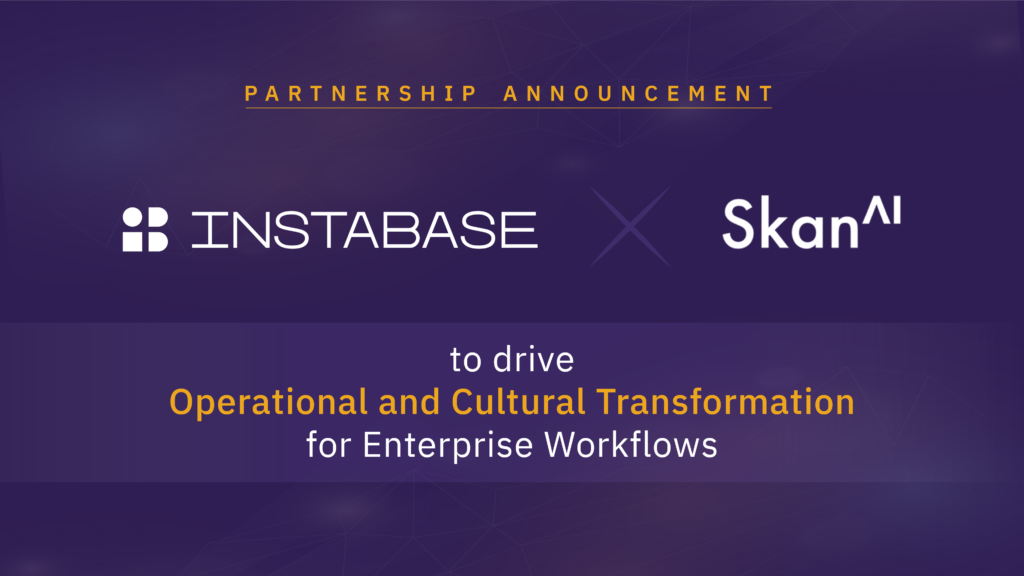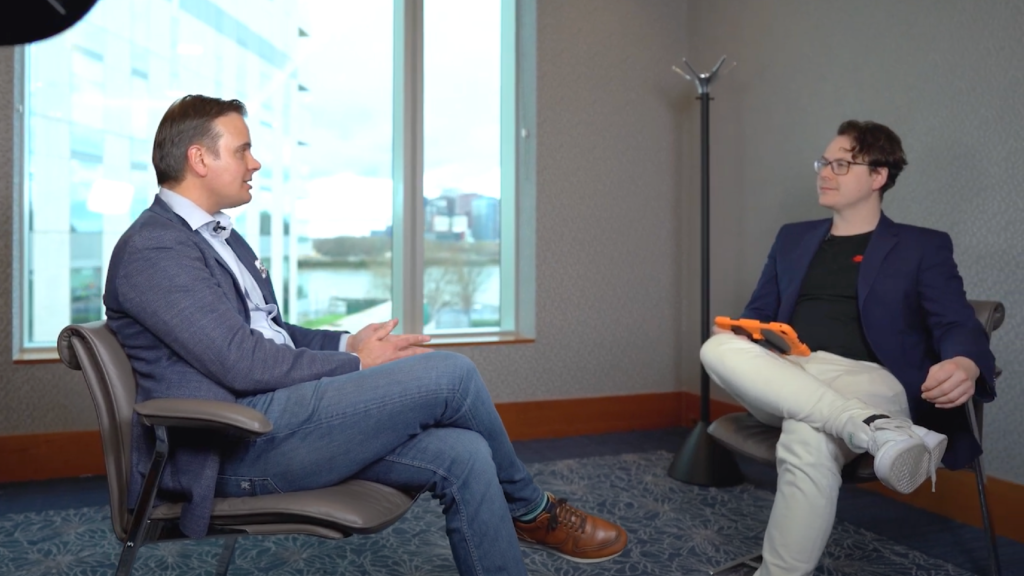Talk of automation can create apprehension. The fear for both managers and employees is the same: what if a significant part of the team becomes unneeded?
If this is how you feel, you’re not alone. But it also means you’re thinking too small: automation done right extends your capabilities rather than replaces them. It’s an Iron Man suit everyone can wear, not a robot that steals your seat.
Automation strategies that merely replace humans trade short-term efficiency gains for long term strategic risks. You can be guaranteed that at least one competitor isn’t replacing their staff, but rather reinventing their business: using humans and computers together for a new and better product. In the long run, those new products will win out over yesterday’s products delivered more efficiently.
In short: if your automation strategy is only to replace humans, then your business is standing still.
Nowhere is this idea seen more fiercely than the Chinese startup world. Many traditional Chinese banks automated with the American playbook, replacing tellers with ATMs and paper statements with apps. Meanwhile, newcomers like Alibaba (an Amazon-like store) and WeChat (a chat app) sought entirely new ways to interact with money: via chat messages, using QR-code stickers, through holiday-themed games and contests.
If you visit China today, ATMs are lonely gargoyles on the street corner. It’s the new ways to exchange money that people are using. A colleague recently told me she no longer even touches cash on business trips to Beijing.
Alibaba and WeChat used humans and computers together to create new financial products that leapfrogged traditional banking merely delivered more efficiently. And this created new categories of jobs, both technical and nontechnical: building workflows for chat-based transactions, helping street vendors manage cashflow that’s now digital and on the books, developing brandable QR code art, designing seasonal games, creating SMB loyalty card and coupon tech, and so on.
So think bigger, and let your team know it — because in a competitive marketplace your company depends on it. With or without automation you’re all in it together, pursuing newer products with better tools. You can’t afford to merely replace your workforce in the long run.
That’s easily said, but how do get everyone on board with the idea that innovation is a necessary steady state?
Creating an automation-engaged workforce
“Retraining” is supposed to be a cure for the hazards of automation. But it tends to be an extension of a computers-replace-humans mindset, and people know it. If you’re going to get a team excited about automation, you have to show them how to greet it as a way to help, not displace, themselves.
Here’s an exercise: ask anyone in your company, “what takes up most of your day and what do wish you could change about that?” I’m willing to bet you can’t find a single person without an interesting answer to that question. Everyone wants their own tasks to be easier. You just have to harness that desire and couple it with your automation rollout.
At Instabase, we make a platform for exploring and understanding unstructured data at scale — all the data trapped inside files computers can’t process easily: PDFs, natural language text, images, videos, and so on. Companies buy our platform for its processing and automation capabilities, but they often ask us for strategic advice on their automation efforts as well. We tell them a big piece many overlook is building automation culture grounded in everyone’s desire to solve their own problems.
There are a few specific ingredients to building this culture that anyone can apply to their own team.
- Shared participation
Interweave engineering capability throughout your teams.
Centers of Excellence for automation are great, but if you silo too much technical talent in one department, it can become structurally at odds with the more traditional arms of your company. Instead, use your COE for inspiration and education, helping seed and train each team with in-house engineering and automation talent so they can participate themselves. - Scalable complexity
Adopt platforms that support mixed audiences.
If your automation tools are targeted at only programmers or only non-techies, you’re leaving the other group in the dark. Where possible, pursue products that enable business users to help themselves while also letting programmers dive in and tailor the product to your business. A common watering hole creates a shared experience and a powerful feedback loop. - Incentivized sharing
Reward employees for creating knowledge and assets that spread.
One reason companies like Google are so effective is that their computer code is organized so that any engineer easily re-use the work of any other engineer. That means clever ideas spread like wildfire, and everyone can stand on the shoulders of each other’s superpowers. This doesn’t just help output, it motivates people to thing big picture about what they’re doing.
There’s a reason star comedians always have an opening acts to warm up the audience. Outcomes aren’t just about your execution plan, they’re impacted by the mood built up around a process as well. When you help a non-technical team embrace automation as a collaborator, you’ve created a powerful mindset that spreads. Coworkers will show each other new tricks and clever solutions will bubble to the top.
Rational Optimism is a choice that pays back
Change is hard, but its also a constant of life that can’t be avoided. Our choice isn’t whether to get hit by the wave but how to surf it: it’s coming anyway.
Choose to engage with change as a rational optimist. If you approach a shift in technology with open eyes and the spirit of collaboration, everything you do that follows takes a different, more productive, tone.
And if you ever need to remind yourself of this during an automation strategy meeting, I won’t laugh at you for whispering under your breath: “Iron Man suits.”



